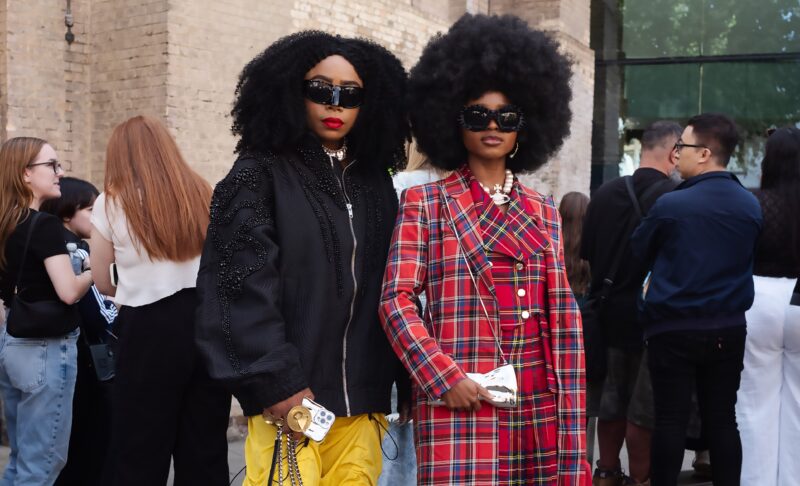In recent years, there has been a noticeable shift in the fashion landscape with the rise of African prints as a mainstream trend. These vibrant and culturally rich patterns have found their way onto runways, red carpets, and the wardrobes of fashion influencers worldwide.
The evolution of street style has played a significant role in this phenomenon, as fashion enthusiasts embrace the boldness and uniqueness that African prints bring to the table. From traditional wax prints to modern interpretations, these striking designs have captivated the fashion world and continue to push boundaries in the realm of style.
Lets delve deeper into how African prints have made a lasting impact on the fashion industry and why they are here to stay.
1. The Rise of African Prints in Street Style

The Rise of African Prints in Street Style has been a gradual but unmistakable evolution over the years. Once confined to traditional clothing or special occasions, African prints have now become a prominent feature in street style fashion around the globe.
From vibrant Ankara patterns to bold Kente fabrics, these prints have made their way onto runways, red carpets, and everyday wardrobes, adding a splash of color and cultural flair to any ensemble. Embraced by fashion influencers and celebrities alike, African prints have become a symbol of individuality and creativity in the ever-evolving world of street style.
As fashion continues to break boundaries and celebrate diversity, its clear that African prints are here to stay, making a statement with every step taken on the sidewalk catwalk.
2. A Brief History of African Prints in Fashion

African prints have a rich and vibrant history in the world of fashion, dating back to ancient times when traditional patterns and symbols were used to convey messages and tell stories within African communities. These prints were originally handcrafted using techniques such as batik, tie-dye, and wax-resist, reflecting the cultural heritage and artistic expression of different tribes and regions across the continent.
In the mid-20th century, African prints began to make their way onto the global fashion scene, thanks to the rise of African independence movements and the increasing popularity of African music and dance. Designers such as Yves Saint Laurent and Stella Jean helped to popularize African prints in Western fashion, blending traditional African textiles with modern silhouettes to create a unique and eclectic style that resonated with fashionistas around the world.
Today, African prints are a staple in mainstream fashion, celebrated for their bold colors, intricate designs, and cultural significance.
3. Influential Designers and Celebrities Embracing African Prints

The integration of African prints into mainstream fashion has been heavily influenced by designers and celebrities who have embraced the vibrant patterns and bold colors of the fabric. From renowned designers like Stella Jean and Duro Olowu to style icons like Lupita Nyongo and Beyoncé, African prints have become a staple in the wardrobes of fashion-forward individuals around the world.
These influential figures have helped to elevate African clothing, shirts, hats, leggings, and hoodies prints from traditional attire to high fashion status, showcasing the beauty and versatility of the fabric in diverse and exciting ways. By incorporating African prints into their collections and red carpet looks, these designers and celebrities have played a key role in bringing awareness and appreciation to the rich cultural heritage behind the intricate designs.
Conclusion
In conclusion, the evolution of African prints in street style has been nothing short of transformative, as these vibrant and bold patterns have seamlessly transitioned from niche cultural wear to mainstream fashion staples. With the rise of social media influencers and fashion bloggers championing African clothing, shirts, hats, leggings, and hoodies, the global fashion landscape has become more inclusive and diverse.
The versatility and authenticity of African prints have attracted a wide audience, sparking a newfound appreciation for the rich heritage and craftsmanship behind each unique design. As we continue to embrace cultural diversity in fashion, its clear that African prints are here to stay, leaving a lasting impact on the evolving street style scene.


